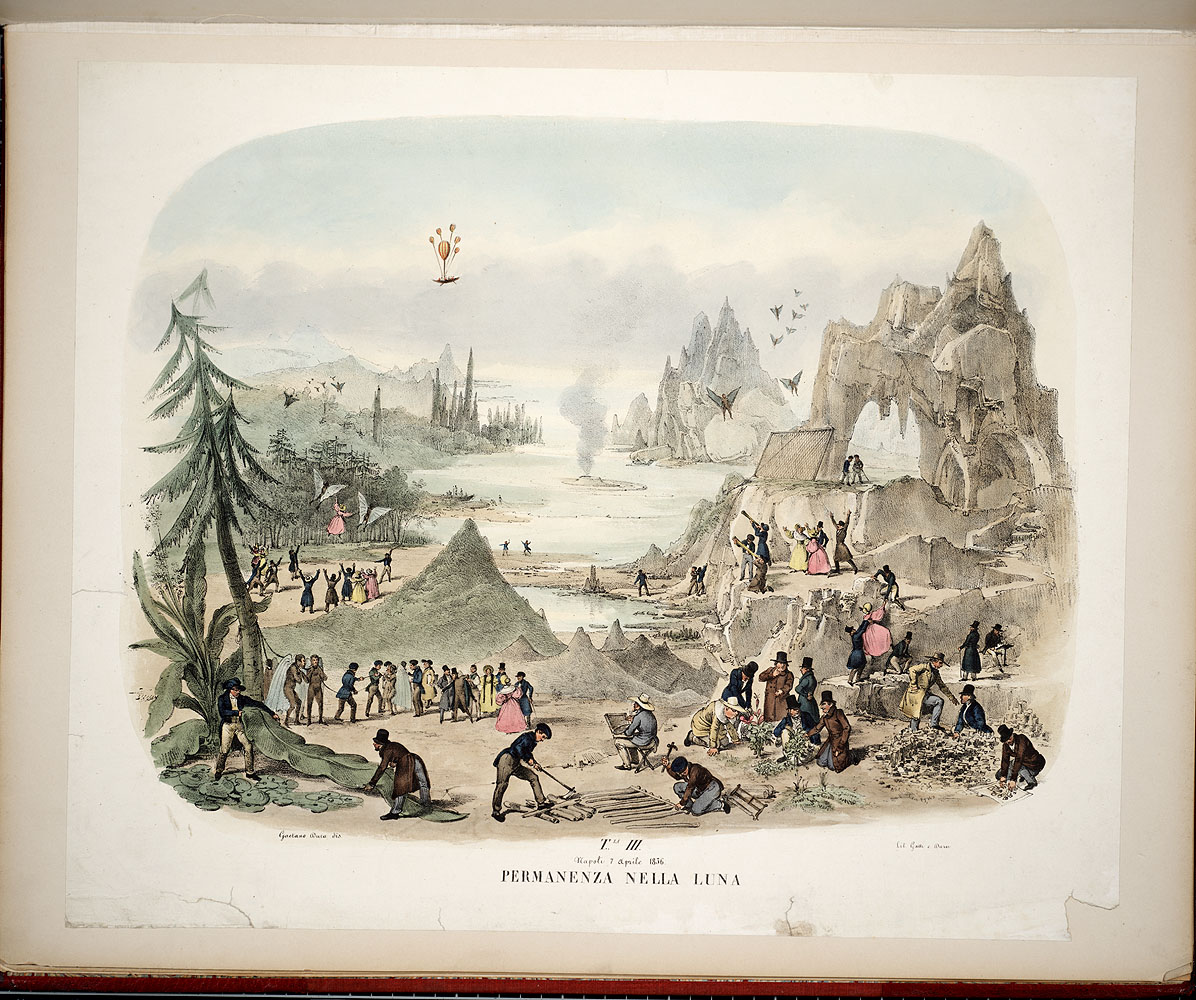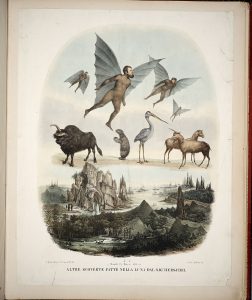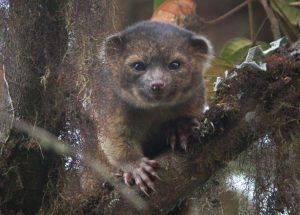
Thomas Baines 1820-1875
For a British Empire that stretched across much of the globe at the beginning of the 19th century, the interiors of Africa and Australia remained intriguing mysteries. The challenge of opening these continents to imperial influence fell to a proto-professional coterie of determined explorers. They sought knowledge, adventure and fame, but often experienced confusion, fear and failure. “The Last Blank Spaces: Exploring Africa and Australia” (Harvard University Press, 2013) follows the arc of these explorations, from idea to practice, from intention to outcome, from myth to reality.






